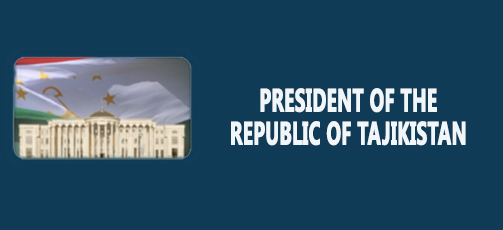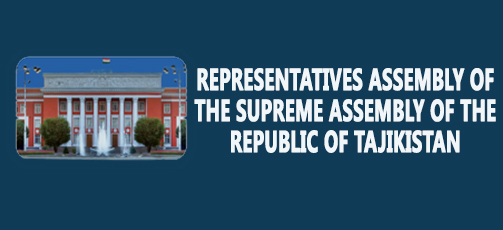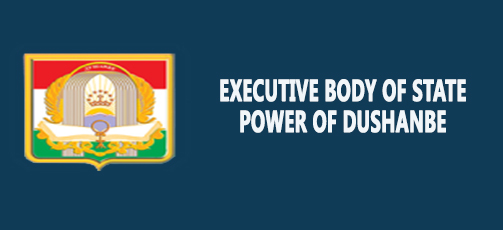Cross-border disaster risk management training held on Tajik-Afghan border

DUSHANBE, 09.06.2017. /NIAT «Khovar»/. UNDP’s EU-BOMNAF and JICA-BMP projects recently implemented a joint disaster risk management training programme in Badakhshan for border police officers and civilians on both the Tajikistan and Afghanistan sides of the international border.
According to the EU Mission in Tajikistan, this activity was conducted at the Nusai-Ruzvai border crossing point (BCP) where the appropriately named Friendship Bridge spans the Panj River, the border between Tajikistan’s Gorno-Badakhshan Autonomous Region (GBAO) and Afghanistan’s Badakhshan Province. Tajik and Afghan border agencies’ staff from the neighbouring BCPs of Khumroghi (Tajikistan) and Djomarji Bolo (Afghanistan) also took part at the training.
Although the BCP is adjacent to Kalai Khumb, administrative capital of Darvoz District, the combination of remote location, tectonic characteristics and natural conditions means the population is particularly vulnerable to natural disasters that include avalanches, earthquakes, floods and landslides.
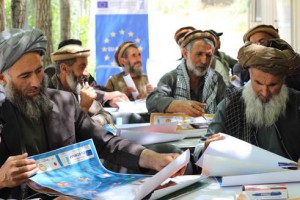 Increasingly unpredictable weather patterns leading to unexpected snow melts, rains and fluctuating temperatures have exacerbated the situation, particularly during annual thaws. As nature doesn’t recognize political borders, the close proximity of respective Tajik and Afghan populations will necessitate cross-border cooperation in the face of any large scale disaster.
Increasingly unpredictable weather patterns leading to unexpected snow melts, rains and fluctuating temperatures have exacerbated the situation, particularly during annual thaws. As nature doesn’t recognize political borders, the close proximity of respective Tajik and Afghan populations will necessitate cross-border cooperation in the face of any large scale disaster.
Training was attended by personnel likely to be mobilized to assist, rescue or evacuate potential victims. Twenty members of the Afghanistan Border Police (ABP), eighteen Tajikistan Border Force (TBF) officers and fifteen local Afghan community leaders were brought together for this three-day course. It is planned that encouraging contact between both sides of the Panj will enhance cooperation, both when natural disasters occur, as well as during the routine course of day to day border management.
Training covered several different aspects of Disaster Risk Management (DRM), focusing primarily around mitigation measures to be used in preparation for any natural disaster responses. Practical applications of this topic included steps taken to formulate plans for response and rescue of affected populations. Participants discussed at length appropriate responses in the aftermath of natural disasters, focusing on events especially common to their area, such as earthquakes and landslides.
Raising awareness of how to react to natural disasters for people in remote villages in these difficult to reach borderlands regions is critical, as emergency response teams can face serious logistical difficulties, delays and obstacles when deployed to such far flung areas. A large quantity of pictographic posters, outlining clear instructions for natural disaster response were given to participants for distribution in their communities as quick reference guides.










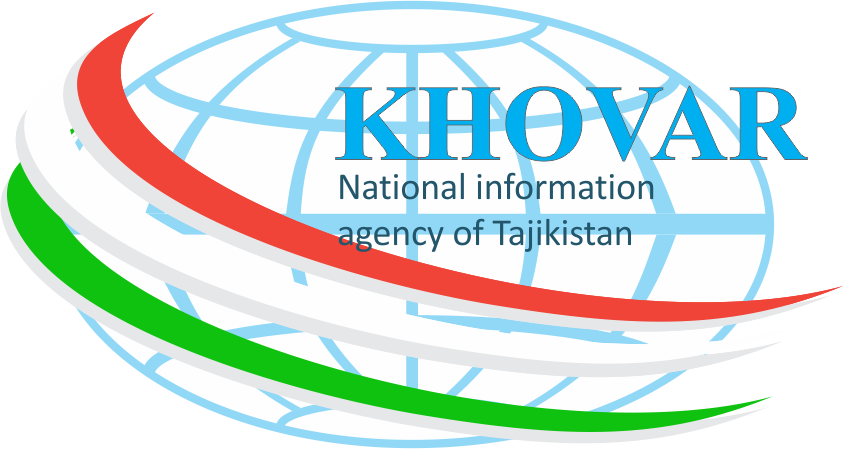
 Tajik sumanak added to UNESCO Representative List of the Intangible Cultural Heritage of Humanity
Tajik sumanak added to UNESCO Representative List of the Intangible Cultural Heritage of Humanity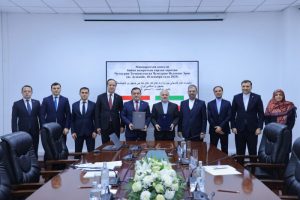 Tajik — Iranian consultations on consular issues were held in Dushanbe
Tajik — Iranian consultations on consular issues were held in Dushanbe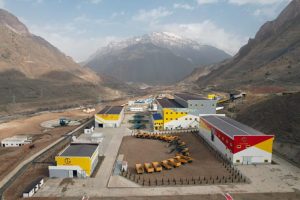 Dushanbe to host second International Mining and Metallurgical Forum
Dushanbe to host second International Mining and Metallurgical Forum Tajikistan, Saudi Arabia discuss cooperation in consular affairs
Tajikistan, Saudi Arabia discuss cooperation in consular affairs Statement of the Press Center of the Border Troops of the State Committee for National Security of the Republic of Tajikistan
Statement of the Press Center of the Border Troops of the State Committee for National Security of the Republic of Tajikistan Tajikistan will host International Symposium dedicated to Ancient Khutal
Tajikistan will host International Symposium dedicated to Ancient Khutal Dushanbe to host SCO Youth Forum in 2026
Dushanbe to host SCO Youth Forum in 2026 Biogas in Rural Areas: A Real Solution or a Temporary Experiment in Tajikistan?
Biogas in Rural Areas: A Real Solution or a Temporary Experiment in Tajikistan? Tajikistan strengthens cooperation with the United States in the field of digitalization
Tajikistan strengthens cooperation with the United States in the field of digitalization Tajikistan, U.S. begin drafting agreement on air communications
Tajikistan, U.S. begin drafting agreement on air communications Tajikistan initiates synergy between the CIS, CSTO, and SCO approaches in the field of deradicalization
Tajikistan initiates synergy between the CIS, CSTO, and SCO approaches in the field of deradicalization Tajikistan to build first hydropower green data center in GBAO’s Darvoz district
Tajikistan to build first hydropower green data center in GBAO’s Darvoz district









